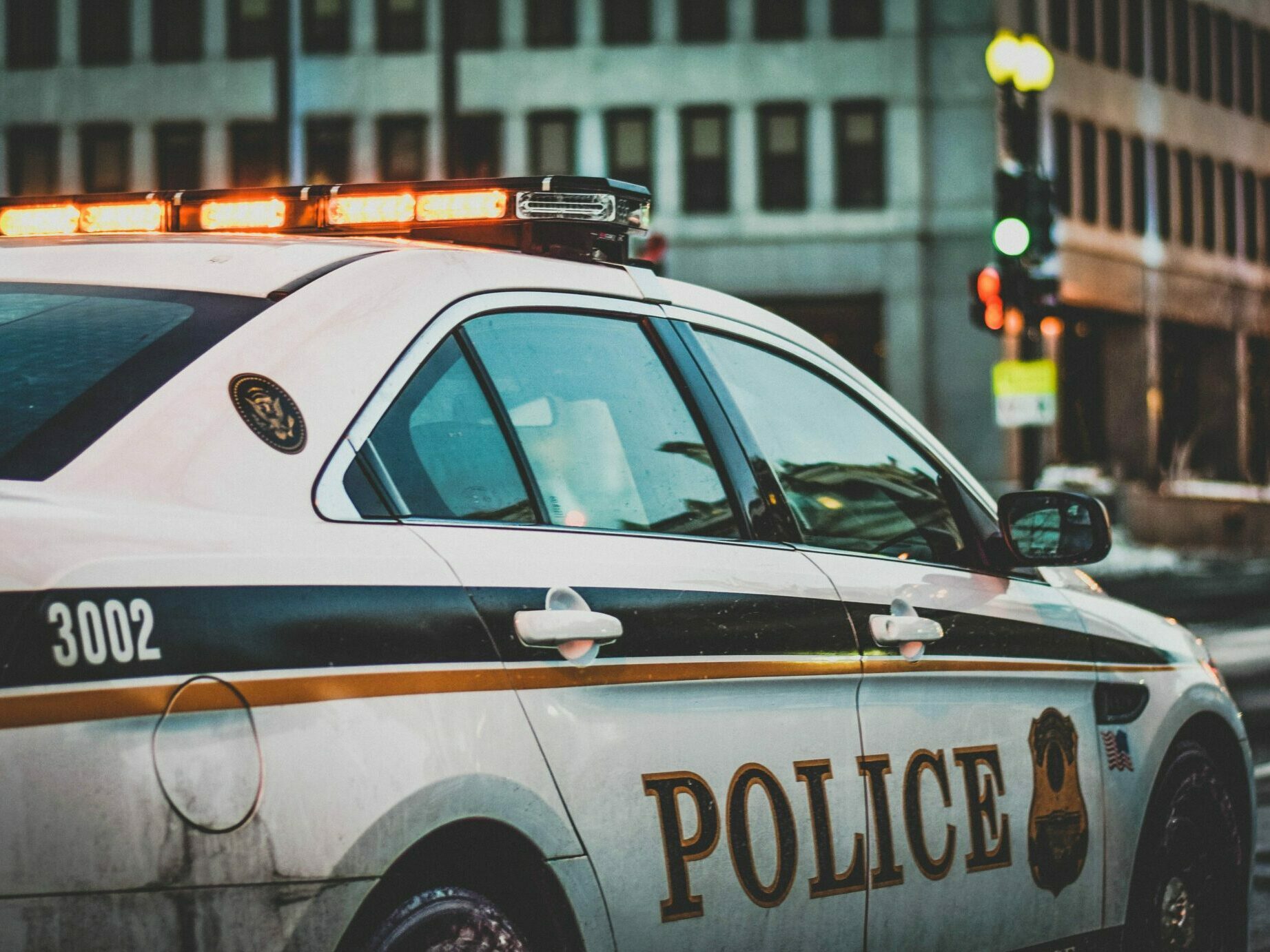Del. Shaneka Henson: Time to Clean Out the Medicine Cabinet
Over the last year, COVID-19 has dominated our national discourse and overshadowed other topics. We have seen how COVID has masked and even worsened the opioid epidemic that has continued to ravage our communities. Unfortunately, we see troubling evidence that addiction and the coronavirus may interact in ways that exacerbate both problems. The National Institute on Drug Abuse (NIDA) has documented how people with substance use disorders are at higher risk for contracting and suffering more severe consequences from COVID-19. Dr. Nora Volkow, the director of NIDA, and her colleagues also show through their research that this is especially true for African Americans.


